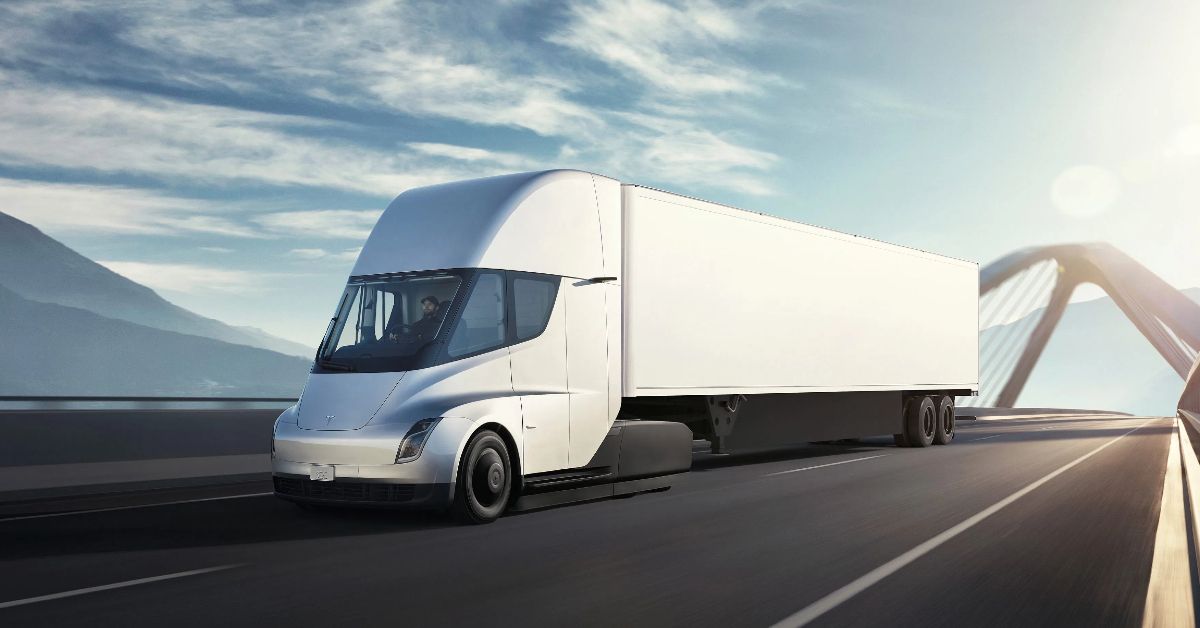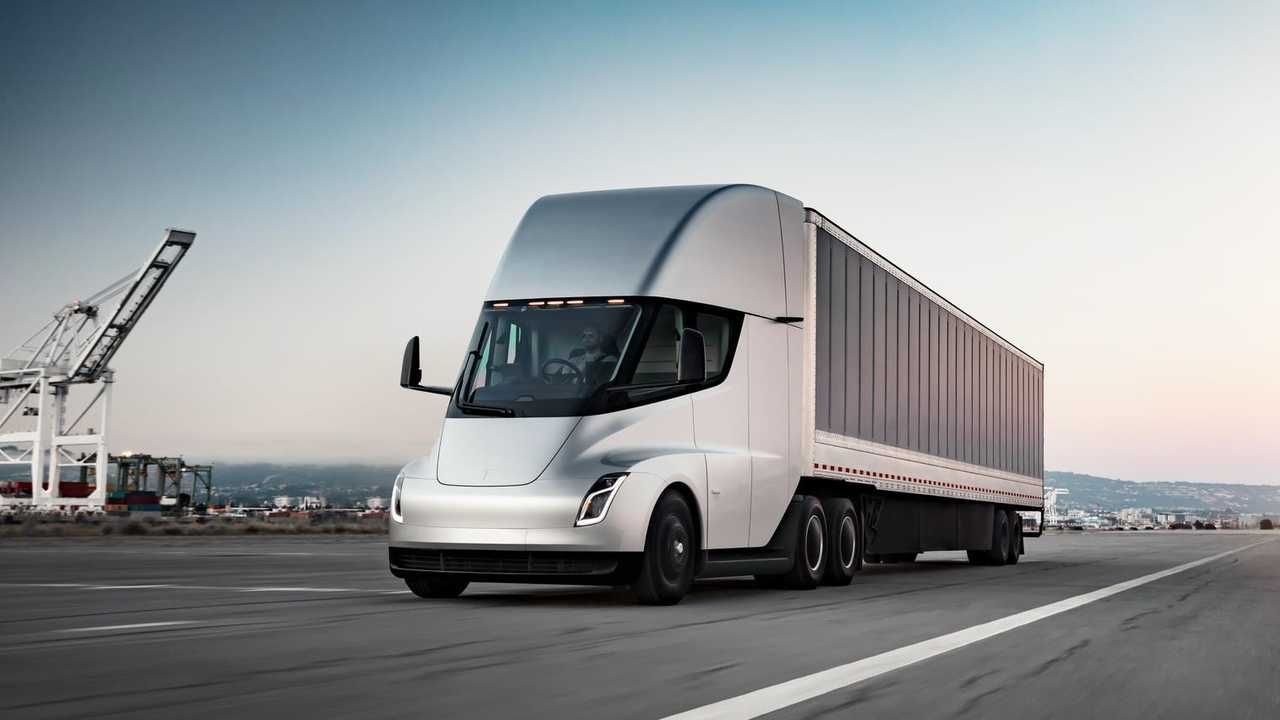Tesla’s electric semi-truck concept was introduced in November 2017 and has been scheduled for a 2021 release. Tesla CEO Elon Musk revealed his plans to an ambitious tune, explaining that “We believe the Tesla Semi will deliver a substantial reduction in the cost of cargo transport, while increasing safety and making it really fun to operate”. It surprised many with its low drag coefficient, quad-motor setup, and unconventional cab design.
According to the company, the semi can reach up to 500 miles of range, impressive in comparison to much lower ranges offered by the competition. Could Tesla's electric trucks be the future of logistics, or does their cost outweigh the benefits?
Read on to find out more about the Tesla Semi as we evaluate the efficiency of its key features.
Range, Performance, Emissions
Depending on the model, Tesla Semi trucks can offer 300 or 500 miles of range with a cost of $150,000 or $180,000 respectively. Tesla CEO Elon Musk claimed that production models of the Semi might near 600mi range. In terms of energy consumption, the automaker claims an efficient figure of less than 2kWh per mile.
Some key features that could help the Semi exceed the efficiency of its diesel-powered counterpart are its low drag coefficient and ability to accelerate relatively quickly with full loads. Tesla has claimed that the drag coefficient is 0.36cd and that this is slightly lower than a Bugatti Chiron (in standard mode). This could help it reach its destination quicker and experience less wind resistance. Typical semis often incorporate aerodynamic fairings as a method of reducing drag on the highway.
According to the U.S. Department of Energy, electric trucks can provide a higher drive efficiency than diesel trucks. In the 2019 Advanced Truck Technologies report, electric trucks were reported to provide 95% drive efficiency in comparison to diesel which remained at 46%. This may not necessarily be a measure of freight ton efficiency, which is a measure of the energy it takes to reach the destination with a certain amount of cargo.
Design Features
According to numbers provided by the company, the Semi can go from 0-60 in about 20 seconds with an 80,000lb load. Without cargo, it can go from 0-60 in 5 seconds, typical with an electric platform from Tesla. A conventional diesel truck can take up to a minute to go from 0-60 when loaded with 80,000lbs.
4 independent motors and traction control help avoid rollovers and can reduce the possibility of jackknifing. The cabin, built for driver comfort, includes a centered driver seat and a floor-mounted battery. This battery location is designed to help lower the Semi's center of gravity.
Long haul trucking comes with the dangerous possibility of falling asleep at the wheel. In fact, 66% of truck drivers indicated that on at least half of their trips, they become highly fatigued. Tesla offers its Enhanced Autopilot semi-autonomous driving features to help avoid collisions and take over if the driver is incapacitated.
Tesla currently has Superchargers in place across the country to provide power to their electric vehicles. For the Semi, Tesla will implement a "Megacharger" with the ability to fully charge the truck in about 30 minutes. This can support efficient delivery times and fit within the driver's typical break window.
Battery And Cost Efficiency
Based on the current set of information, the battery pack that powers the Semi is estimated to fall within the 800-1000kWh range. Considering the advances that Tesla has made with their battery technology, the relatively lightweight large capacity battery may not be as improbable as some claim. The implementation of this highly efficient battery could give them a leading edge amongst the competition.
In terms of cost efficiency, the Tesla semi-truck costs about $1.26 per mile. This is slightly lower than a conventional diesel rig, which costs an average of $1.59 per mile. Through preliminary testing, Tesla can attempt to prove how it can couple cost efficiency with heavy-duty freight capacity.
Possibilities For Future Use
It's clear that many freight companies are willing to test the true efficiency of the Tesla Semi. As of 2017, Walmart pre-ordered 15 Tesla Semis and Anheuser-Busch had ordered 40. Major freight company JB Hunt has indicated plans to test out the Semis as well. Elon Musk has said that Semi deliveries will begin in 2021, adding to his rise to prominence.
The company plans to make the Semi at their new gigafactory near Austin, Texas. Tesla Semi program manager Jerome Guillen said "We do have a few trucks that keep driving around and that can deliver cars. But we're going to accelerate that". He went on to explain that they will test the trucks by delivering Tesla cars between their facilities in Fremont and Reno: "We're going to prove that we have very good reliability", he said. There's no doubt that the Tesla Semi will be an intriguing experiment. Whether or not it will become as prevalent as the traditional diesel rig is yet to be determined.





